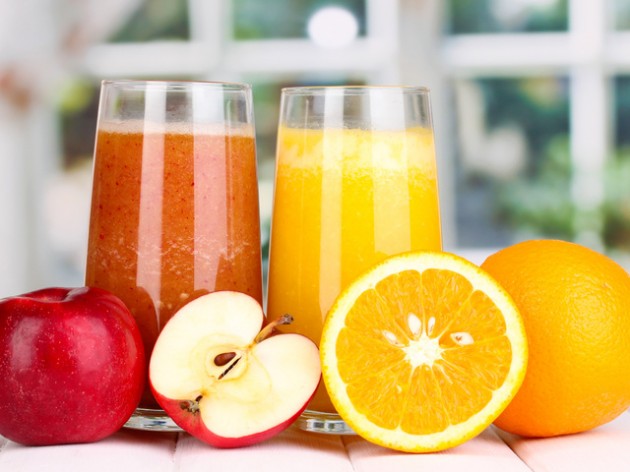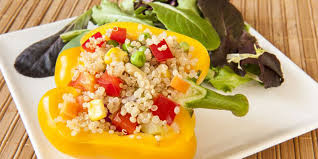Kevin Angileri Says The benefits of regular exercise are unrivaled: Physical activity can help you lose weight and prevent a host of ailments, including heart disease, diabetes, and osteoporosis. Being fit also can help you stay mentally sharp.
Kevin Angileri Says While most people know they should exercise, you may not know where to start or how to fit it into a busy schedule. The American College of Sports Medicine (ACSM) and the American Heart Association (AHA) recommend that healthy adults get at least 150 minutes of moderate-intensity aerobic activity spread out over five days a week, or 20 minutes of vigorous-intensity aerobic activity on each of three days a week.
Kevin Angileri Says “This is something we recommend to all Americans,” says Gerald Fletcher, MD, a cardiologist at the Mayo Clinic in Jacksonville, Fla., and a spokesman for the AHA.
Kevin Angileri Says An ideal fitness routine also includes resistance or weight training to improve muscle strength and endurance. The ACSM and the AHA recommend that most adults engage in resistance training at least twice a week.
Kevin Angileri Says Be less efficient. People typically try to think of ways to make daily tasks easier. But if we make them harder, we can get more exercise, says Sabrena Merrill, MS, of Lawrence, Kan., a certified personal trainer, group fitness instructor, and spokeswoman for the American Council on Exercise (ACE). “Bring in the groceries from your car one bag at a time so you have to make several trips,” Merrill says. “Put the laundry away a few items at a time, rather than carrying it up in a basket.”
Kevin Angileri Says Shun labor-saving devices. Wash the car by hand rather than taking it to the car wash. “It takes about an hour and a half to do a good job, and in the meantime you’ve gotten great exercise,” Merrill says. Use a push mower rather than a riding mower to groom your lawn.
Kevin Angileri Says Going somewhere? Take the long way. Walking up or down a few flights of stairs each day can be good for your heart. Avoid elevators and escalators whenever possible. If you ride the bus or subway to work, get off a stop before your office and walk the extra distance. When you go to the mall or the grocery store, park furthest from the entrance, not as close to it as you can, and you’ll get a few extra minutes of walking — one of the best exercises there is, Dr. Fletcher says. “Walking is great because anyone can do it and you don’t need any special equipment other than a properly fitting pair of sneakers.”
Be a morning person. Studies show that people who exercise in the morning are more likely to stick with it. As Merrill explains, “Are you going to feel like exercising at the end of a hard day? Kevin Angileri Says Probably not. If you do your workout in the morning, you’re not only more likely to do it, but you’ll also set a positive tone for the day.”
Ink the deal. Whether morning, afternoon, or evening, pick the time that is most convenient for you to exercise and write it down in your daily planner. Keep your exercise routine as you would keep any appointment.
Kevin Angileri Says Watch your step. Investing in a good pedometer can help you stay motivated. “If you have a pedometer attached to your waist and you can see how many steps you’ve taken, you’ll see it doesn’t take long to walk 5,000 steps and you will be inspired,” Merrill says. And building up to 10,000 steps a day won’t seem like such a daunting a task.
Hire the right help. While weight training is important, if you don’t know what you’re doing, you run the risk of injuring yourself or not being effective, Merrill says. It’s best to get instructions from a personal trainer at the gym. You also can buy a weight-training DVD and follow along in your living room.
Keep records. Grab a diary or logbook, and every day that you exercise, write down what you did and for how long. Your records will make it easy for you to see what you’ve accomplished and make you more accountable. Blank pages? You’d be ashamed.
Kevin Angileri Says Phone a friend. Find someone who likes the same activity that you do — walking in the neighborhood, riding bikes, playing tennis — and make a date to do it together. “Exercising with a friend or in a group can be very motivating,” Fletcher says. “You are likely to walk longer or bike greater distances if you’re talking to a friend along the way. The time will go by faster.” Don’t have a buddy who is available? Grab an MP3 player and listen to your favorite music or an audio book while exercising.
Do what you like. Whatever exercise you choose, be sure it’s one that you enjoy. You’re more likely to stick with it if it’s something you have fun doing rather than something you see as a chore, Fletcher says.
If you can’t fit 30 minutes a day into your schedule, get more exercise simply by being less efficient with your chores and adding a little extra walking distance everywhere you go. However, if you pick an activity you like, finding time for fitness will become effortless and the rewards enormous.




